Our NASA InSight lander just needs some peace and quiet to get its work done. After next week’s #MarsLanding, the spacecraft will study the entire Red Planet by… staying put. Learn how: https://go.nasa.gov/2FwIth3


Our NASA InSight lander just needs some peace and quiet to get its work done. After next week’s #MarsLanding, the spacecraft will study the entire Red Planet by… staying put. Learn how: https://go.nasa.gov/2FwIth3
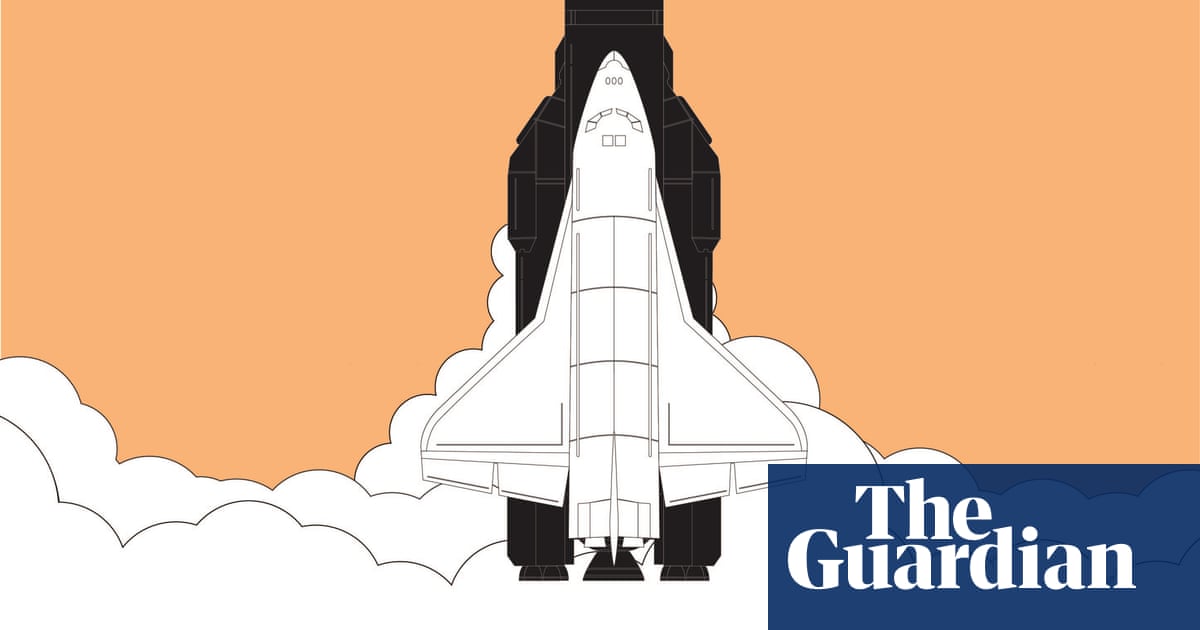
Billionaire entrepreneurs are trying to create rockets fit for human travel, while government agencies spend billions furthering their explorations. But we are still a long way off from making our way to the red planet by Oliver Holmes.

JUST IN: Jezero Crater will be the landing site of NASA’s next rover being sent to Mars in 2020. This area, with a history of containing water, may have ancient organic molecules & other potential signs of microbial life from billions of years ago.
NASA has chosen Jezero Crater as the landing site for its upcoming Mars 2020 rover mission after a five year search, during which every available detail of more than 60 candidate locations on the Red Planet was scrutinized and debated by the mission team and the planetary science community.
The rover mission is scheduled to launch in July 2020 as NASA’s next step in exploration of the Red Planet. It will not only seek signs of ancient habitable conditions – and past microbial life — but the rover also will collect rock and soil samples and store them in a cache on the planet’s surface. NASA and ESA (European Space Agency) are studying future mission concepts to retrieve the samples and return them to Earth, so this landing site sets the stage for the next decade of Mars exploration.
“The landing site in Jezero Crater offers geologically rich terrain, with landforms reaching as far back as 3.6 billion years old, that could potentially answer important questions in planetary evolution and astrobiology,” said Thomas Zurbuchen, associate administrator for NASA’s Science Mission Directorate. “Getting samples from this unique area will revolutionize how we think about Mars and its ability to harbor life.”

As a cloud of gas collapses in on itself, swirling material shoots outward in opposite directions. These jets can travel hundreds of miles per second and spread light-years of space. And although jets are tell-tale signs of star formation, they are not fully understood. NASA’s James Webb Space Telescope will not only enable us to see through the dusty shroud that usually hides star birth, but to dissect the interactions between jets and the surrounding medium of gas and dust. Take a closer look: https://go.nasa.gov/2FDfJmy
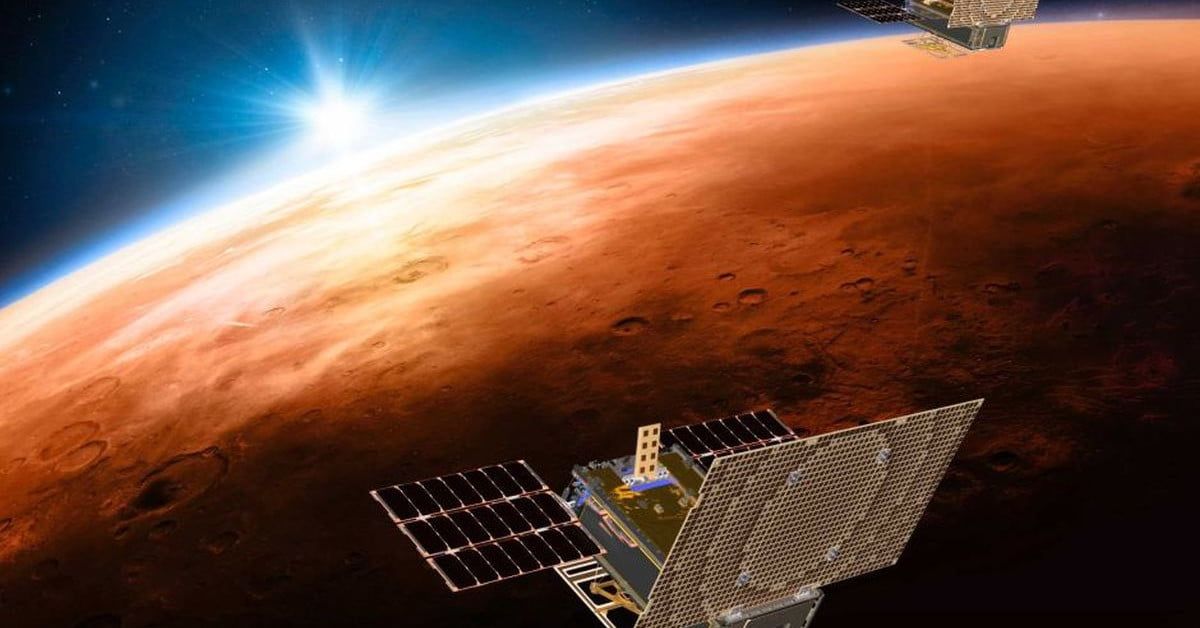
NASA’s InSight mission aims to send a lander to Mars to study the crust, mantle, and core of the red planet. Launched in May this year, InSight is now nearly at its destination and will soon be touching down on the surface of Mars.
NASA has shared details on how it will monitor the touching down of the lander at the end of its 91 million mile journey. The first tools it will use are radio telescopes, which can pick up simple radio signals. As the lander descends into the Mars atmosphere, it will send out radio signals that researchers back home at NASA can pick up. Two locations will be listening out for the signal: one at the National Science Foundation’s Green Bank Observatory in Green Bank, West Virginia and one at the Max Planck Institute for Radio Astronomy’s facility at Effelsberg, Germany. These radio signals cannot give data about what the lander finds, but they can be used to work out basic information like what at speed the lander is descending thanks to the Doppler effect in which the frequency of a sound wave is affected by the movement of the source relative to the observer.
More detailed information about the lander will be gathered using two small spacecraft called Mars Cube One (MarCO). The MarCOs are each about the size of a briefcase and are an experimental technology that should fly behind the InSight lander and relay data back to Earth in real-time. They may even be able to capture an image of the surface of Mars as soon as the lander touches down.
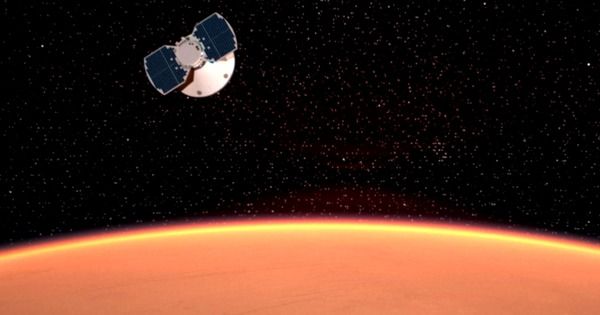
Amidst the ongoing threat of the California wildfires, a Tesla Model 3 owner has posted a brief demonstration of the electric sedan’s capability to maintain the air quality inside its cabin, despite the vehicle not being equipped with the Model S and X’s hospital-grade HEPA filter or a dedicated “Bioweapon Defense Mode.”
Elon Musk took to Twitter last week to offer the Model S and Model X as vehicles that can be used to transport people away from the ongoing CA wildfires. The Model S and X are capable of scrubbing the air inside the car, thanks to their large HEPA filters that are fitted with separate acid and alkaline gas neutralization layers. Later social media updates and anecdotes from Model S and X owners driving through the CA area indicate that Bioweapon Defense Mode helped maintain the air quality inside their vehicles.
In a follow-up tweet, Elon Musk noted that the Model 3’s air filtration system is not on the same “hospital-grade” level as that of the Model S and X, since the smaller vehicle does not have enough space to accommodate the HEPA filtration system in Tesla’s two flagship vehicles. This could be seen in the parts catalog for the vehicles, where the Model X HEPA filter was listed as “FILTER, HEPA, MDL X,” while the Model 3’s system was simply listed as “HVAC, CABIN FILTER, M3.”
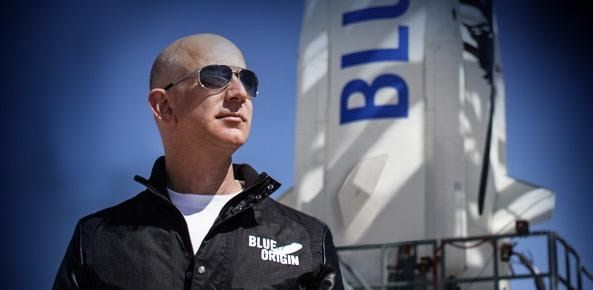
Two possibilities: Either the image captures two massive galactic clusters in the process of colliding, or NASA is covering up the existence of a starship so big it’s several million light years long.
Humanity’s current understanding of physics may suggest faster-than-light travel is impossible, but researchers here on Earth can still observe happening in places much too far away to ever actually visit (and generally only what they looked like in the distant past). One of them is a galactic collision that, at least from our planetary vantage point, looks an awful lot like a craft going where no man has ever gone before.
NASA released the above composite image of the galaxy cluster Abell 1033 some 1.62 billion light years away this week, showing wisps of gas that appear to be arranged in the shape of Star Trek’s USS Enterprise. NASA wrote that the image was captured by the Chandra X-ray Observatory, an X-ray telescope that detects superheated gases, as well as the Low-Frequency Array, which detects radio emissions.
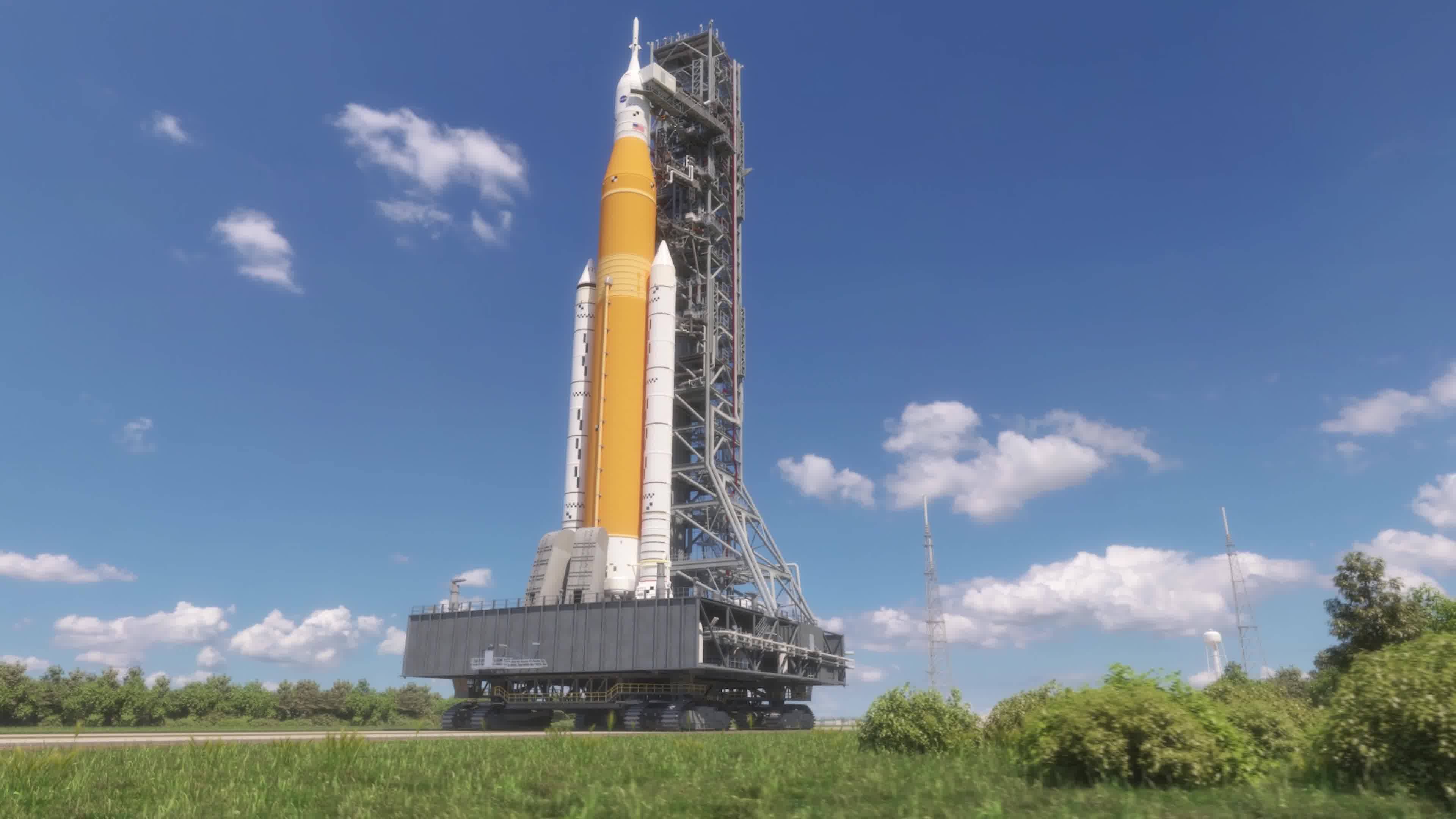
Click on photo to start video.
NASA’s Rocket Science in 60 Seconds gives you an inside look at work being done to explore deep space. In the latest episode you can hear Rob Stough, payload utilization manager for our NASA’s Space Launch System, talk about the power we needed to boost the rocket into space and send NASA’s Orion Spacecraft to the Moon. Watch: https://youtu.be/0VB9aI3xVFs